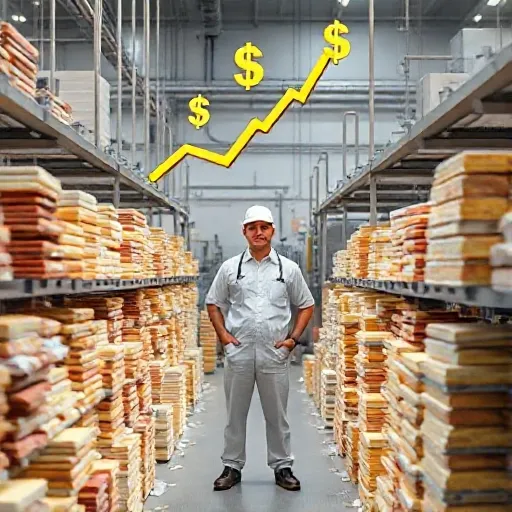(Untitled)

In a highly successful conclusion to its fiscal year 2025, StepStone Group has announced record-breaking earnings for the fourth quarter. The company's fee-related earnings (FRE) surged by 85% compared to the same period in the previous year, reaching $94.1 million and boasting an impressive FRE margin of 44%. This growth was primarily driven by retroactive fees from its special situations real estate secondaries fund and multistrategy growth equity fund, which contributed $15.7 million to fee revenues, a significant increase from last year's $5.4 million.
Adjusted net income for the quarter also saw substantial gains, reaching $80.6 million or $0.68 per share, up from $37.7 million or $0.33 per share in Q4 2024. This remarkable performance not only underscores the company's financial strength but also reflects its ability to navigate a rapidly evolving market with great success.
CEO Scott Hart emphasized the significance of these results, stating that they represented "a capstone for a record fiscal year." He noted that the company had raised over $31 billion in assets under management (AUM), achieved $27.5 billion in fee-earning AUM growth, and posted its highest-ever quarterly FRE earnings and adjusted net income per share.
Moreover, Hart highlighted the company's impressive growth rate of 29% for fiscal year 2025, marking the best organic growth performance since it went public. This upward trend is expected to continue due to the company's growing scale, which has become a "tailwind for growth."
StepStone Group has also seen remarkable success in its managed accounts, with over $8.5 billion of inflows, representing 40% of total SMA inflows coming from new accounts or expanded relationships. This presents a promising outlook for future growth through re-ups and account expansions.
The company's diverse offerings have continued to expand, with the successful closing of three comingled funds totaling over $9 billion in just 12 months. This milestone not only reinforces StepStone Group's position as a leading player but also opens up new opportunities across different asset classes.
Lastly, the company has reported outstanding growth in its private wealth platform, which increased from $3.4 billion to over $8 billion by the end of fiscal year 2025, driven by various factors such as new products, expanded distribution networks, and cross-selling efforts.




